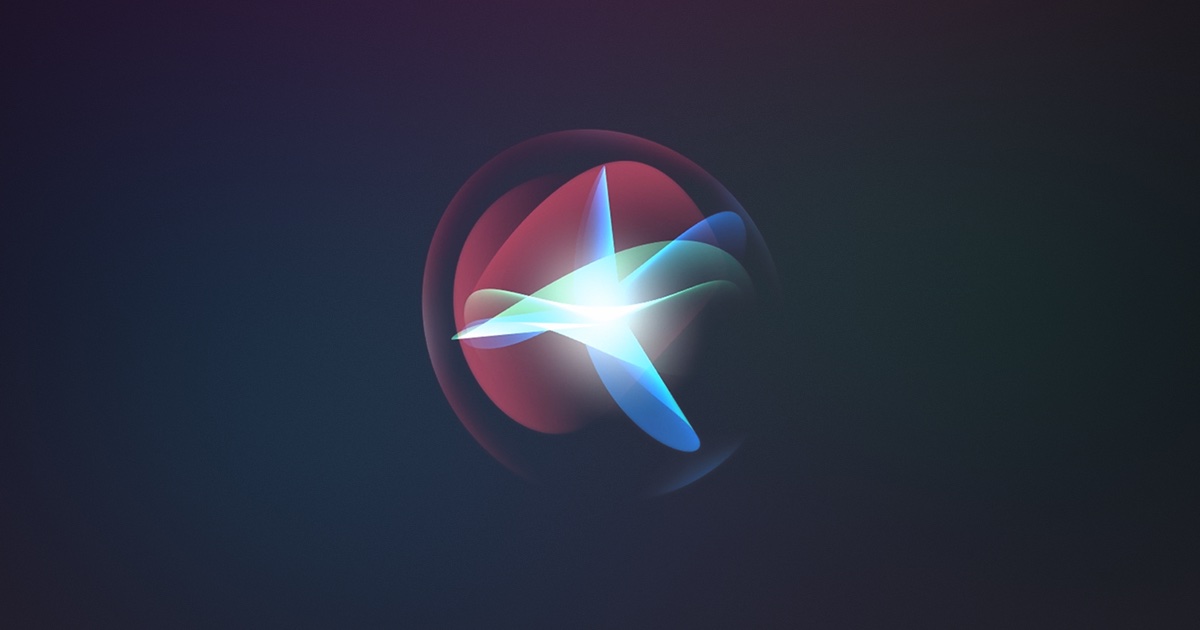Yeah, and the fact that you have to ask again on your phone! Why can’t the HomePod just push and show results on your iPhone or the closest device with the display turned on? It seems like such a simple handoff feature.
Yep, all kinds of misses with Siri. Trying to use it for texting to people while driving has slowly gotten better but still a high failure rate.
Every morning I have several alarms set because sometimes I work late hours, and usually have to kick off early morning meetings. Every morning, I literally have to close my iPad and cover my watch to simply say, ‘Siri, turn off all alarms‘ and it’s still around a 50% fail rate where ‘she’ will randomly just list my alarms, sometimes multiple times in a row. There’s no clarifying valid question e.g. ‘did you mean all or a specific one?’ so have to start over again. Instead of a calm wakeup, I want to throw Siri and the phone out the window.
And God help you if for example, you’re cooking so have your iPad nearby with e.g. a recipe in notes or on-screen. Even with it 20 feet away on a counter, while bringing my mouth to my watch to set a timer, it’s sometimes hit or miss as to which device will pick up the timer, while of course, there is no sane synchronization across devices. Yes, if I set an alarm on my phone, I can dismiss it on my watch, but if the iPad picks up the timer, it doesn’t also get sent to my watch or phone.
Siri fails at completely simple use cases, and often enough just at the basic portion which is NLP/speech to text to feed into the <rest, which in a future case would likely be a form of LLM>. I don’t have high hopes for Apple leading on AI, as they can’t even get Siri to significantly suck less.
Someone will correctly call out that there is a huge difference in ChatGPT with 175B hyperparams, and in training them (massive massive GPU compute farms and mass data ingestion) vs trying to run more locally for ‘inferencing’ but there are already some smaller LLMs like LLaMa2(7-65B hyperparams IIRC) and others with growing effectiveness which can significantly reduce compute load for ‘deployed’ LLMs for inferencing, meaning it becomes possible to do more on more reasonable hardware.
OpenAI indeed set the world on fire from a speculation standpoint, and it’s spurred a LOT of research and competition and funding, although I personally am not sure of the real ‘killer use cases’/‘killer app’ as LLMs by definition have no cognizance or weighing of ‘truth’ and instead are generally huge pattern-based systems, e.g. ‘what s the most likely sentence to respond with?’ or word/phrase determination based on huge swaths of Internet data ingestion - which may or may not be true. Go check a ‘Trump lie counter’(among others) and let us hope for example, not a single bit of re-published/shared nonsense from him or
many others were used as training data - but they very likely were.
Of course, AI/ML can be ‘chained,’ and data can be better curated, so you can get to another AI that is simply scrubbing available data and cross-referencing it to determine ‘is this true?’ with a degree of certainty, and using that to curate a more proper dataset (used for training the LLMs and other networks) for training. The speech to text can absolutely be improved as a relatively simpler step, before hitting a reduced hyperparam pre-trained and fine-tuned ‘mini LLM’ requiring at least lower resources. Maybe we’ll see something like distributed resources across all of our Apple devices, e.g. more ‘local computing’ even if spread across our watches, phones, iPads, and Macs, instead of Amazon/Alexa ‘everything goes up to the Cloud’.
This whole thing (generative, in particular the recent LLM spotlight) is changing fairly rapidly at the moment still, including on what the use cases worth pursuing for real revenue vs ‘wow factor’ (it IS very cool after all, even if it’s lying/‘hallucinating’). I don’t have high hopes for Apple, but again, it wouldn’t take much improvement over what they have today to be
better than current Siri at least.



